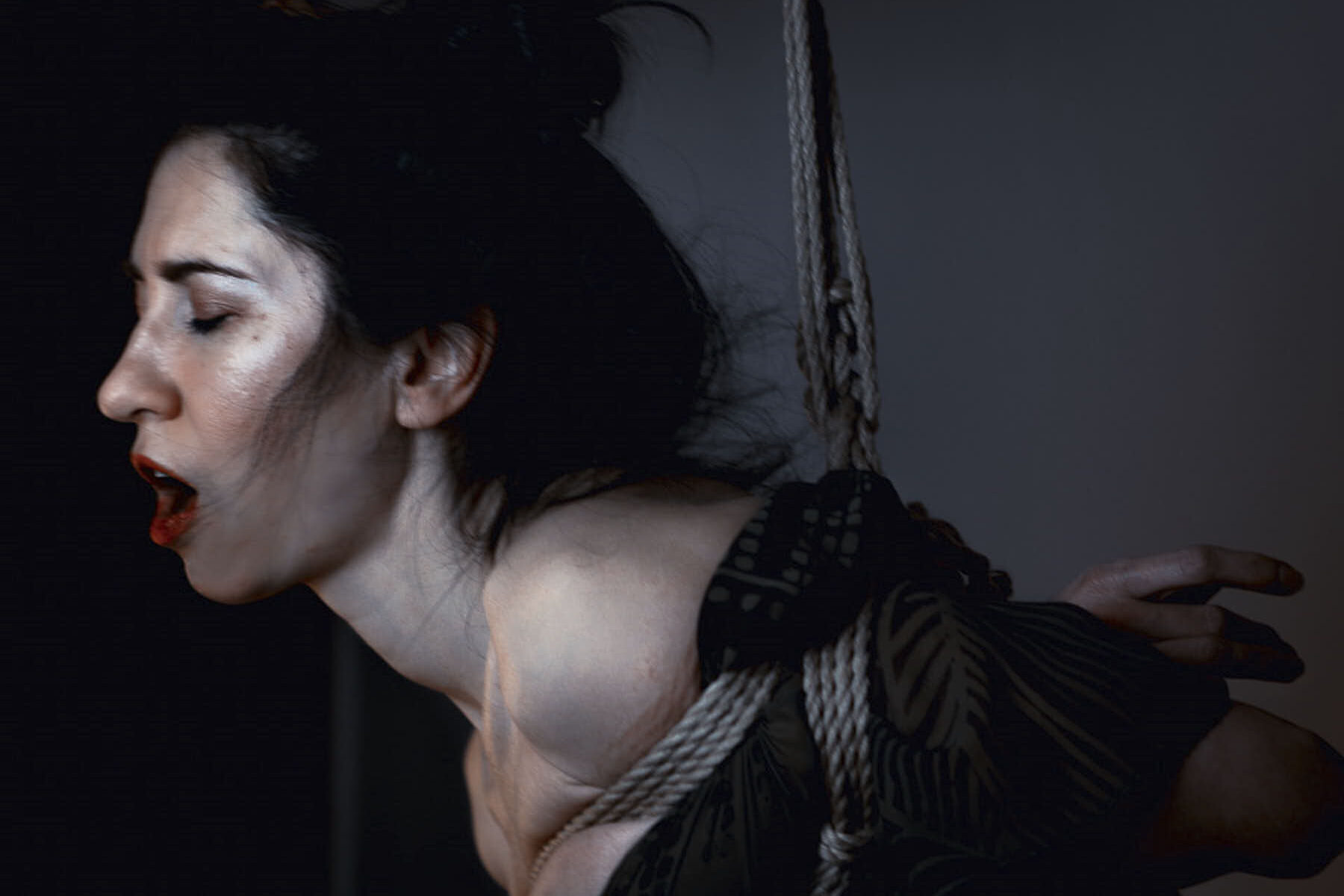That was an interesting talk we had with Anna Noctuelle during EURIX that was supposed to become a workshop together, but we couldn’t get a spot, so I just pour my thoughts here for you 🙂
Let us start with the question: why would you like to “cope”. Or even before that, what is “coping”?
Coping is about how you integrate the impact. Something about keeping your sanity in insane circumstances. That doesn’t mean I keep control. It is rather about preserving my being.
Coping means to withstand the impact without collapsing in a bad place. Of course I can be very impacted, drool-y and shaky… but I keep my heart open. Arriving to the point where you are destroyed, if you wish to go that far – to the point where all your resistance melted, in an organic way.
In short, that juicy place where we really struggle, but still offer ourselves.
I just had a thought: perhaps it also helps me to come back whole. Like venture to the dark and come back, sort of thing.
Dissociation is also just a coping strategy, but it is a coping strategy where it’s already too much. And we all are definitely often doing too much, but it’s a topic for another time.
Progression
What I am saying makes most sense in the scene where the impact is applied progressively. If the goal of your rigger is to overwhelm you, disbalance you, “break” you in the shortest time possible, I suppose different strategies are needed.
Trusting my body
As we talked with Anna, I had to ask myself. I do not do many things consciously or intentionally. I think my best strategy is my commitment to feel myself outside of ropes. So when in ropes, I trust my body, I let my body do things that are needed to process the impact.
Breathing
There is breathing, definitely. Calm and even breathing helps me to maintain my connection to myself and the present moment.
I make sure to exhale. Sometimes I add a sound, to make sure I exhale. Holding the breath has a lot to do with collecting tension (at least, for me it is) and exhaling is a way to make sure tension is leaving my body…
Movement
I like to feel the degree of freedom that is left for me by doing the micro movements. I would move my toes and fingers. I also like to grab things. To me, it feels incredibly reassuring (I am still here) and can also be a way of demonstrating independent choices to my rigger 🙂
Sound
Making a sound is a great way to self-connect, discharge extra energy, and express an emotion, for instance. When sounds are taken away, I think I am still making “mental sounds” in my head.
Softness
I generally do not fight the impact. I am soft and I am “going” with it. I don’t fight it physically, and I don’t fight it mentally either. When it needs to be bent, I bend. I “give in” to the impact. Unexpectedly, that is increasing my resilience…
Attention
Depending on how much in control of your attention you generally are, you have a degree of freedom. Of course, a strong impact will grab your attention. Naturally, it will go to that where there is pain, squeeze, bend or twist. You have however a degree of freedom to place your attention elsewhere. To feel your own breathing. To feel the room. To feel the eyes of your rigger on you. To feel the movements of your toes. To feel sexy. To feel love and gratitude..
In a way, this is a degree of your freedom that won’t be taken away by any rope. You can only “grant” it. Amazing possibilty for grace.
We all have our unique ways to cope. With the exerience, we gain self-trust and “tricks” and ways to manage, to cope, to preserve ourselves, to extend our offering…
I like watching people coping. I like to see “things happening”, I like seeing people struggling to breathe, struggling to find a position, suffering from pain… and still offering themselves. I think it’s the sexiest thing ever. Don’t overjump it. Enjoy it.
